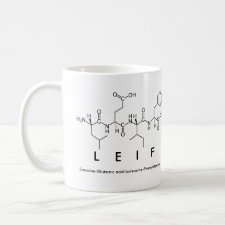
Authors: Nantasenamat C, Isarankura-Na-Ayudhya C, Bülow L, Ye L, Prachayasittikul V
Article Title: In silico design for synthesis of molecularly imprinted microspheres specific towards bisphenol A by precipitation polymerization.
Publication date: 2006
Journal: EXCLI Journal
Volume: 5
Page numbers: 103-117.
Alternative URL: http://www.excli.de/vol5/Prachayasittikul16-06proofrev-update23092006.pdf
Abstract: Bisphenol A (BPA), a ubiquitous chemical used in industries, has attracted great attention due to its widespread leakage to the environment and foodstuff. This has spurred great interest in the preparation of synthetic polymers capable of selectively sequestering BPA. In this study, theoretical calculation was utilized to confirm the selection of suitable functional monomer capable of strong interaction with BPA. It was found that 4-vinylpyridine was the optimal functional monomer as demonstrated in the literature. A series of molecularly imprinted polymers (MIPs) were prepared by varying the functional monomer, cross-linker, and porogen. After template removal, rebinding with the original template molecule was carried out in acetonitrile, acetonitrile/water (50/50 – 20/80, v/v). 4-vinylpyridine co-polymerized with ethylene glycol dimethacrylate (4VPY-co-EDMA) and 4-vinylpyridine co-polymerized with trimethylolpropane trimethacrylate (4VPY-co-TRIM) were found to exhibit good binding performance towards bisphenol A in acetonitrile. However, only 4VPY-co-EDMA was able to maintain its imprinting effect in acetonitrile/water (50/50 v/v) whereas 4VPY-co-TRIM totally lost its imprinting effect.
Template and target information: bisphenol A, BPA
Author keywords: bisphenol A, estrogen disruptor, precipitation polymerization, microspheres, molecular imprinting



Join the Society for Molecular Imprinting

New items RSS feed
Sign-up for e-mail updates:
Choose between receiving an occasional newsletter or more frequent e-mail alerts.
Click here to go to the sign-up page.
Is your name elemental or peptidic? Enter your name and find out by clicking either of the buttons below!
Other products you may like:
 MIPdatabase
MIPdatabase









